How To Recover Like A Pro - By Alicia Kaye
I often get asked for racing and training tips. While those are very important, equally key are recovery tips. Here are my “PERTs” – “Performance Enhancing Recovery Tips”! Get fitter and faster by resting!

 Sleeping and Napping
Try to make sure you are getting adequate sleep for the amount of training you are doing. As a pro athlete, it is my job to make this a priority. However, this became much harder when I was a student or working a job and training at the same time. Everyone’s sleep needs are different. We all sort of know the ideal amount we need to feel good that day. My feel good amount is 8.  If I get 7 hours, I just feel okay, but I feel down right sick if I sleep less than 7 hours. My ideal amount is 9+. Ironically, I am terrible at napping. My body just doesn’t want to do it, except at altitude! So I will just lie there - no electronics near me – and rest quietly. Someone once told me that laying there free from distraction is 50% the value of actual sleep. Whether or not this is true doesn’t matter to me since the theory really helped curb my sleep anxiety as a kid when I struggled with falling asleep. 

Food
Make sure you are eating enough for the amount of training you are doing. Our sport is hard and demanding so it’s important to make sure you are fueling it adequately.  Thinking about food purely from a recovery perspective, make sure you get in a recovery drink or food within 15 minutes of a hard workout.  I always aim for the 3:1 ratio of carbohydrates to protein. If I'm training in a particularly warm environment, I'll sip on Base Rocket Fuel to help replenish my electrolytes. Then within 60 minutes, I follow it up with a proper meal. After particularly hard sessions, I can feel nauseous so I really have to be disciplined about this time line. I also simply listen to my body. If I’m craving lots of salt and fat then I will have a meal that is a reflection of that.
 
Breakfast is my favorite meal of the day so here are two my favorite big session recovery meals:
- Fat cakes
I use Pamela’s gluten free pancake mix but I don’t follow the recipe at all. I add 3 eggs, milk or almond milk, honey, vanilla and olive oil.  I make the batter on the thin side since I prefer a crepe style pancake. I cook each one in coconut oil.  I top these beauties with fresh berries, full fat Greek yogurt and real maple syrup. 
- Yogurt, berry and granola bowl 
This one is fast and easy to make. I have this EVERY DAY.  I cannot live without this meal for my second breakfast. I have as much full fat yogurt as I like (usually around a cup), tons of fresh berries, a huge helping of Bungalow Munch granola and then top with honey, dark chocolate or pretzels if I am crazing salt. 
Are you an Extrovert or Introvert? Then let your recovery time reflect that personality trait
If you aren’t sure if you are an extrovert or introvert, ask your self this: would you rather “charge your batteries” by yourself or with a select few people or would you rather go out in a more public setting with a larger group of friends. I was pretty extroverted when I was in high school and college but now as an adult I am definitely more introverted. So when I need to recover, I make sure my downtime is a reflection of this.  I like to write, read, bake, or watch a movie to mentally recover. 
Body Work
I firmly believe in body work that includes modalities such as massage, chiropractic, acupuncture, MAT, laser, etc. These require an investment of time and money but if you have both, then these will assist in your recovery and general health and well-being. My secret weapon is Topical Edge PR Lotion to help buffer lactic acid before and after all my big training sessions. It works!!  
NormaTec 
My husband started working with NormaTec almost 10 years ago. I remember the first time I used them. I was a little skeptical. But sure enough, my legs did feel better. Then we had them at a masters swim meet and anyone that has been a competitive swimmer knows how the lactic acid can really accumulate over a 2-3 day meet. I, along with the rest of our team, was using the NormaTec system in between events and that’s what solidified my belief. My legs didn’t feel heavy. I was recovering faster in between events and swimming consistently instead of feeling completely exhausted by day 3. Now I use them every day as a pro triathlete to flush my legs and get ready for the next day. 

 
About Alicia Kaye the Author - 
Passion. Persistence. Perseverance.
2011 represented a year of big changes and success for Alicia. Formally an athlete focused on ITU racing, she transitioned into Olympic distance non-draft triathlon.  Since then, Alicia has finished 2nd in the Lifetime Series twice (2011 & 2012) and won the Lifetime Series twice (2013 & 2014) and the Toyota Triple Crown in 2013.  
Alicia grew up in Canada and began participating in triathlon when she was 11 years old; she became a professional triathlete at the age of 14.  Alicia spent her teen years racing triathlon while juggling her academic studies.  While completing her undergraduate degree in Sport Psychology she met fellow triathlete and now husband, Jarrod Shoemaker.  Since meeting Jarrod she has began racing for the United States and also completed her masters degree in Athletic Counseling.  Some of Alicia's proudest moments include winning Canadian Junior National Championships in 2001, and winning the St. Anthony’s Triathlon in 2013.  In her spare time Alicia works as a mental trainer and runs a skincare company with her husband Jarrod, called Endurance Shield.
Alicia then took that speed to the Ironman and Ironman 70.3 distance. She is a multiple Ironman 70.3 Champion, has 3 top 5 finishes in Ironman and has qualified twice for the Ironman World Championships.
 








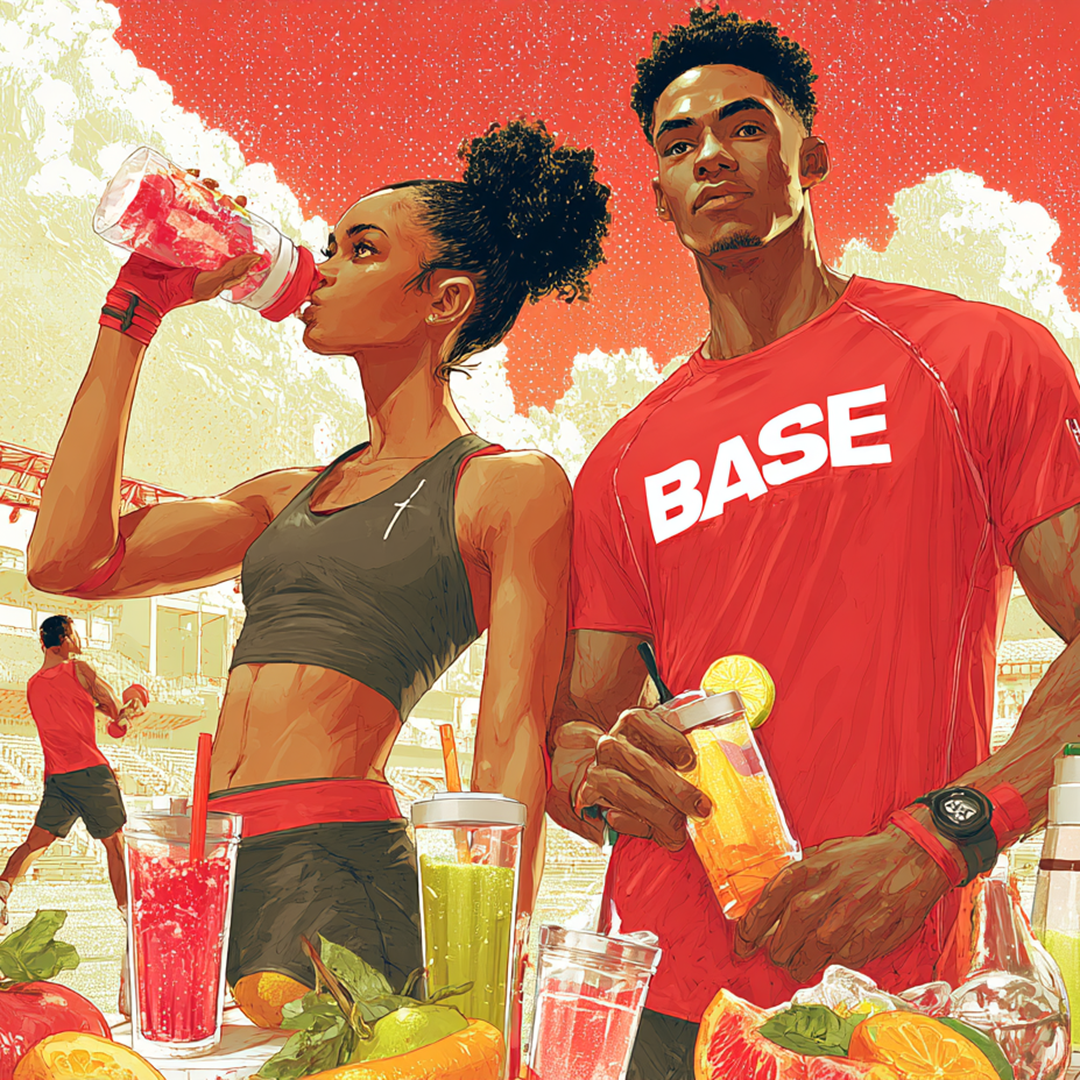
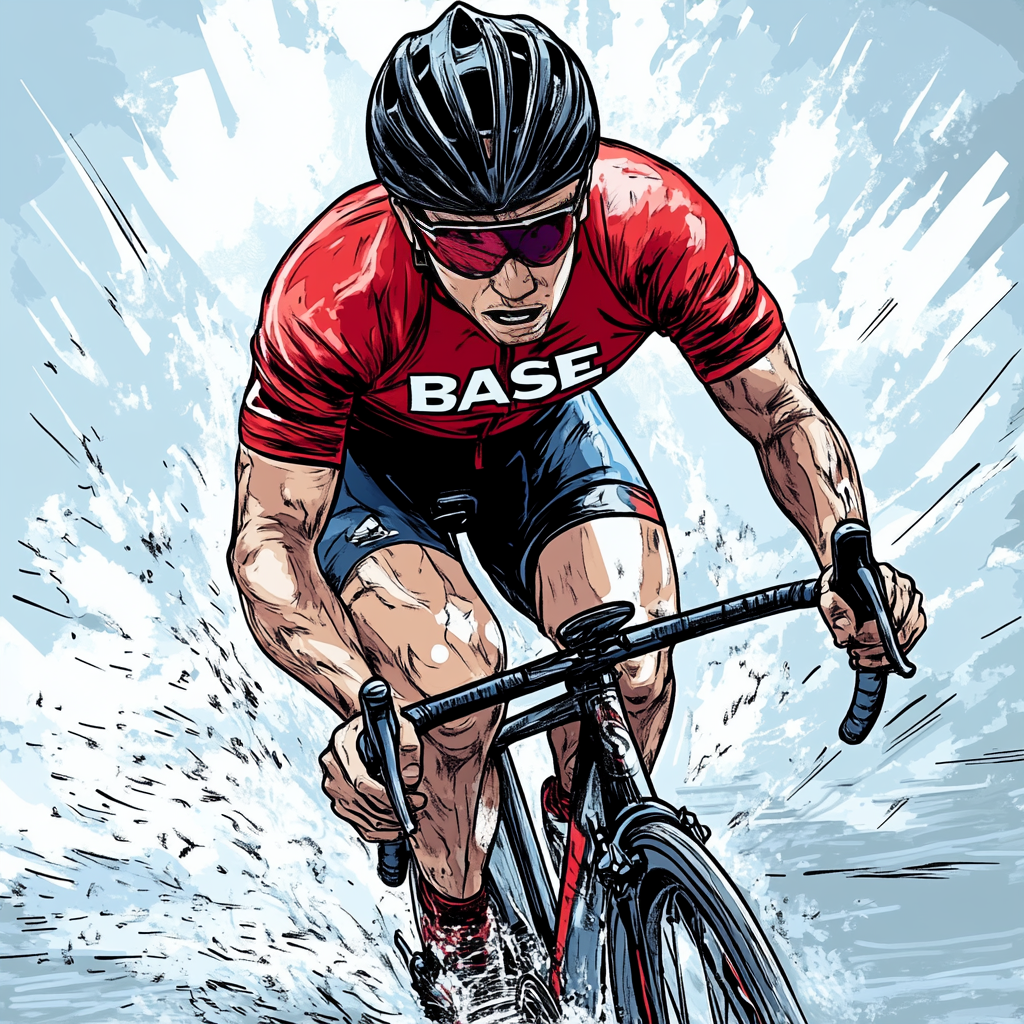

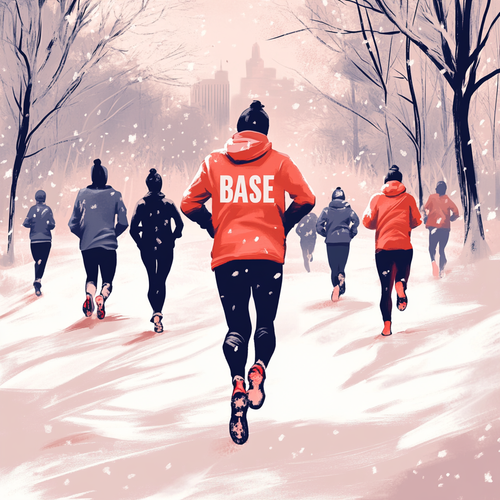
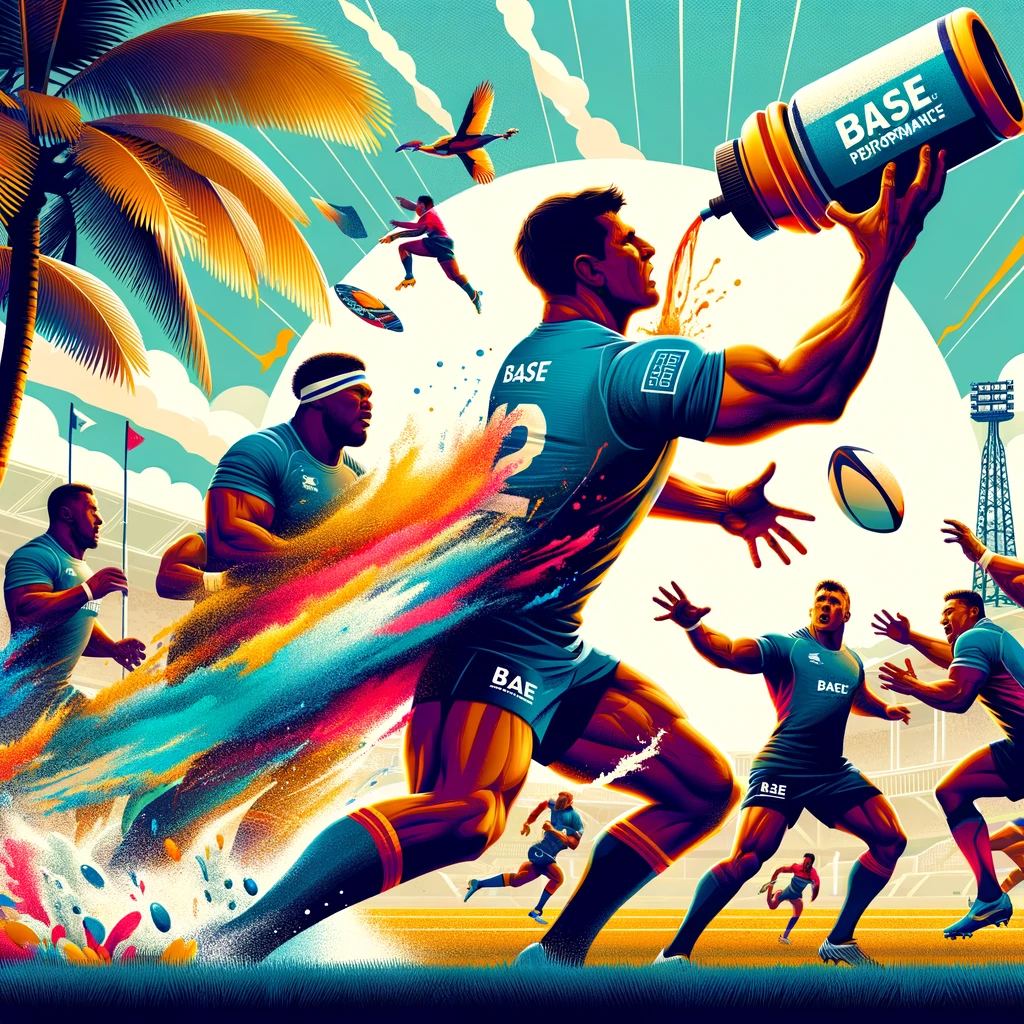


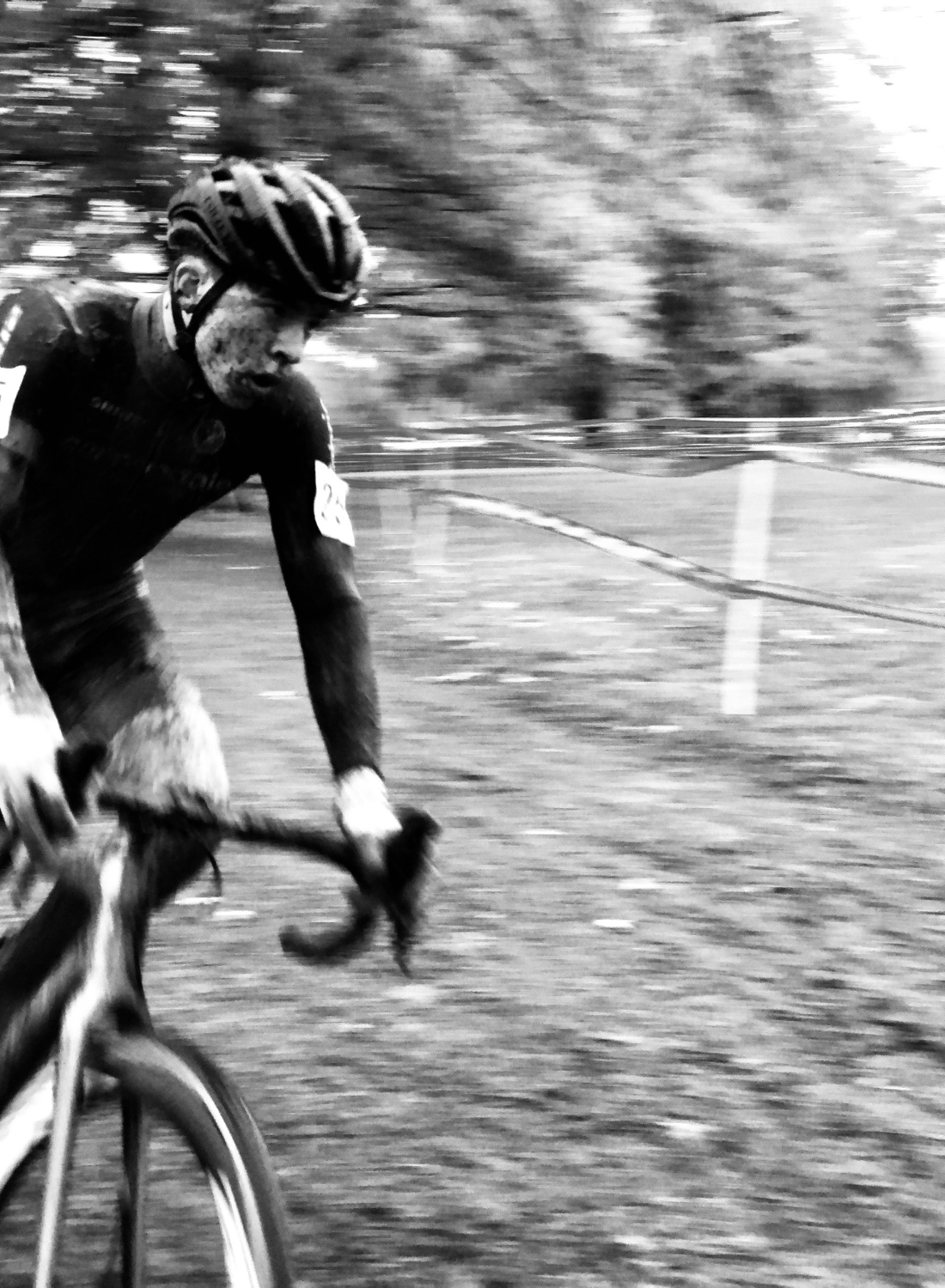











Leave a comment